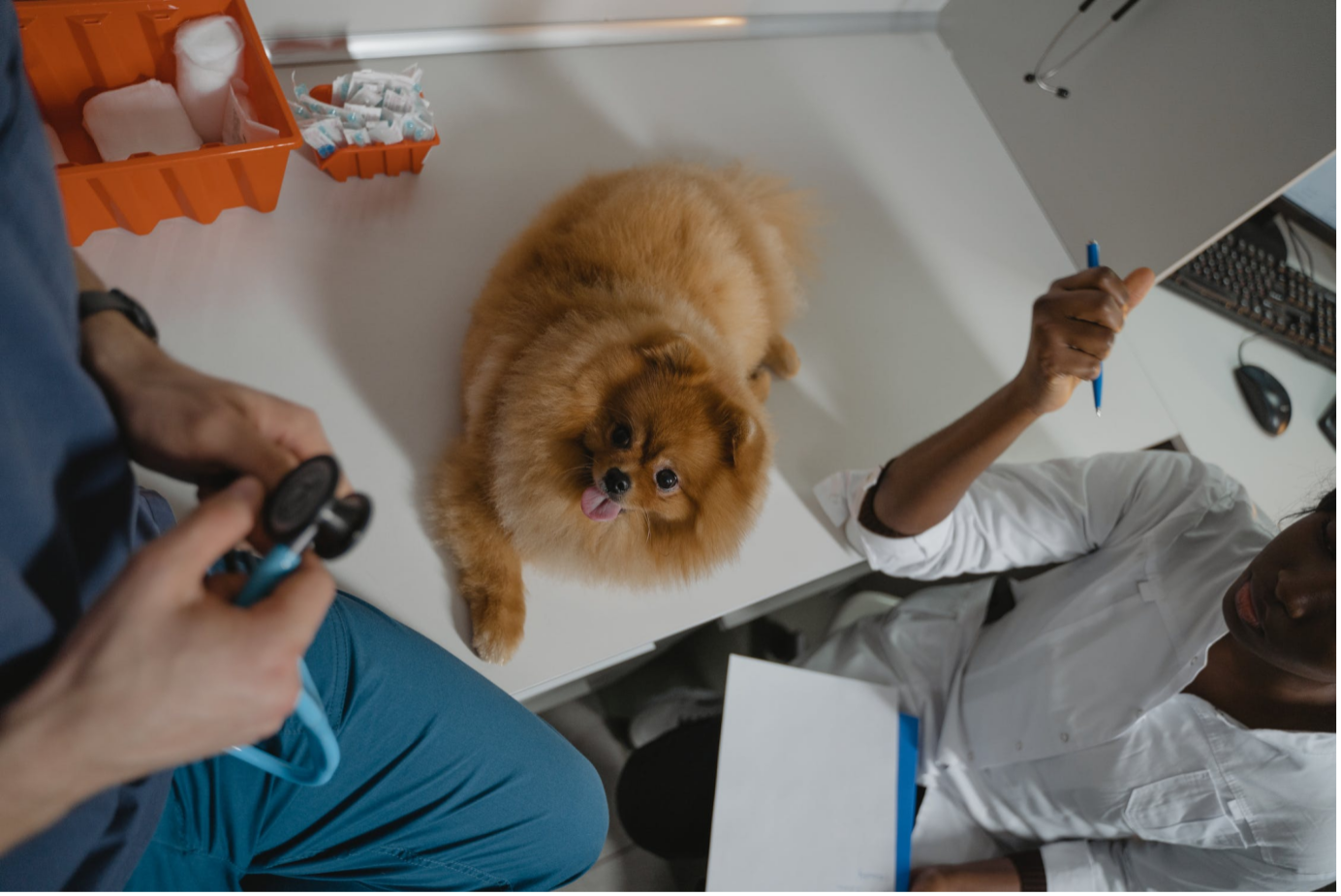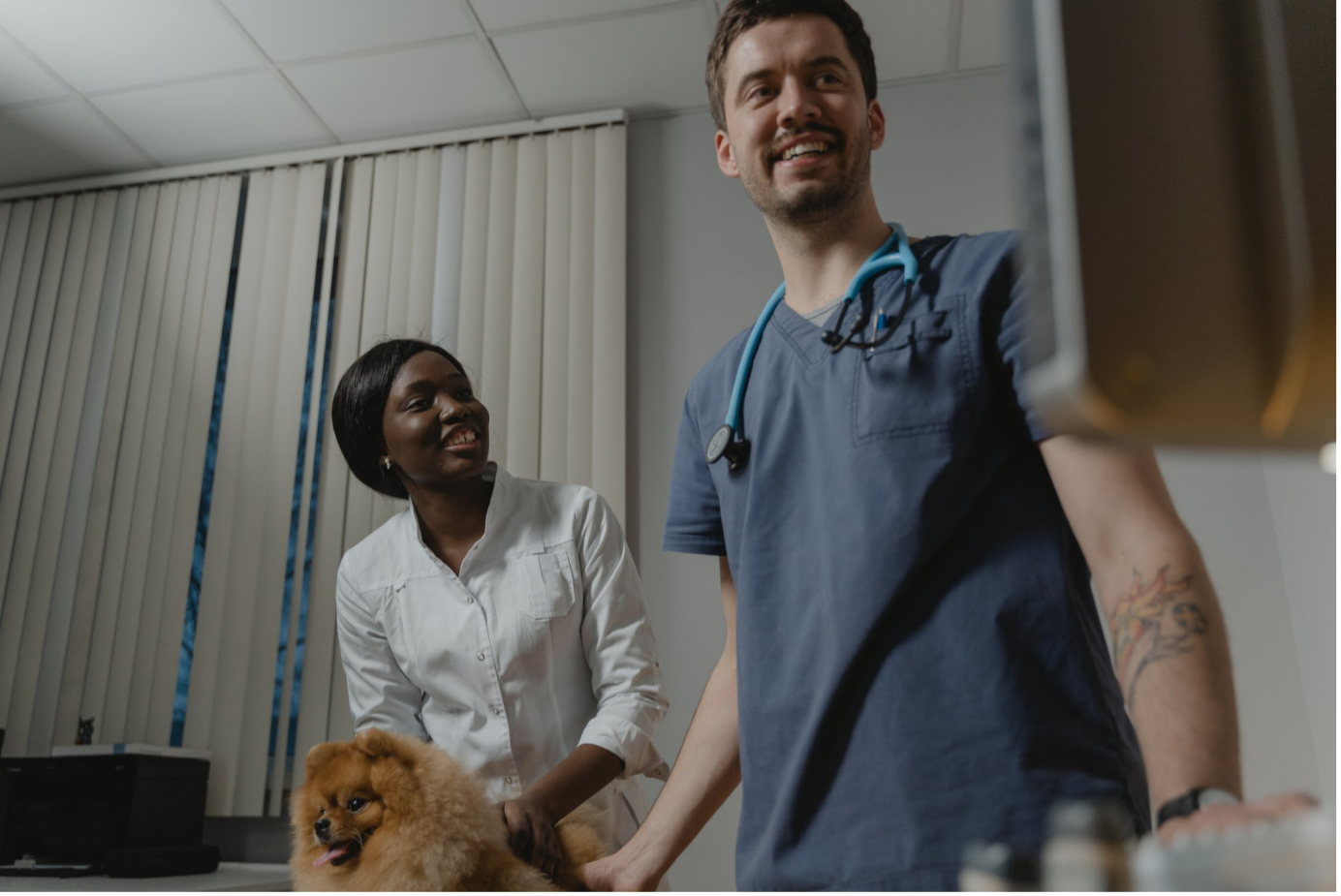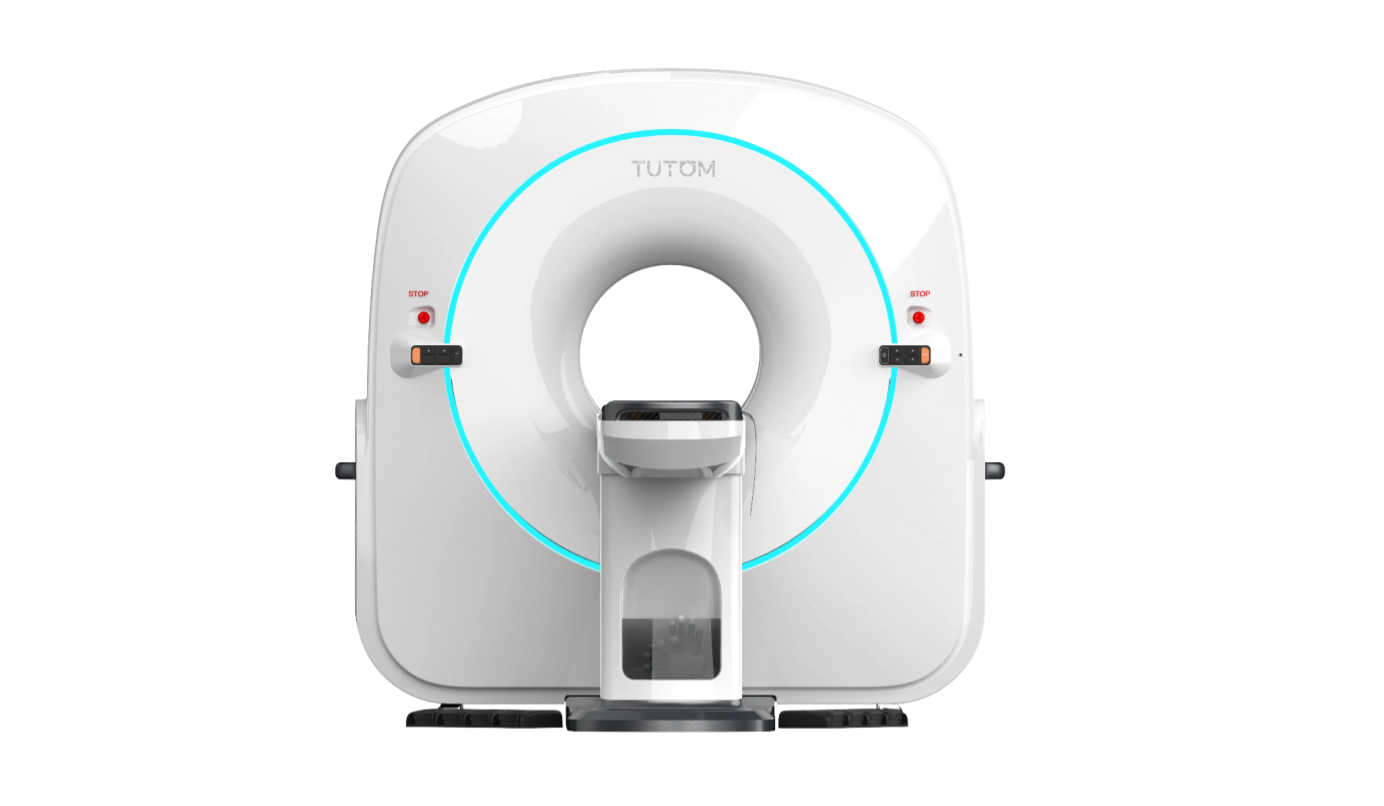Bone fractures, broken bones, and several other problems are relatively common in dogs, cats, and other animals. In veterinary practice, research shows that up to 79.5% of cases[1] are caused by road traffic accidents. SONTU CBCT systems help veterinarians incorporate imaging solutions in the course to help detect, diagnose, and treat various conditions in animals. In this article, we’ll look at how the cone-beam computed tomography (CBCT) system from SONTU can help the veterinary practice.
Technical Aspects of CBCT in Veterinary Medicine
It’s essential to understand the technical elements that form part of CBCT in veterinary imaging. The foundation of this imaging procedure is the CBCT machine, which consists of both hardware and software components. The hardware components include the frame and camera lenses. These lenses are used to create high-resolution images of the animal’s internal structures, while the software components are able to help with the diagnostic process.
The lenses used in these machines are not the same as a regular camera. They use particular components to create images of the internal parts of the animal – allowing for the detection of obstructions, bone fractures, and more. There are also image reconstruction algorithms that form part of modern devices, such as the SONTU CBCT system, which helps to improve the accuracy of diagnosis in practice.
Advantages and Limitations of CBT in Veterinary Medicine
When it comes to analyzing a system like the SONTU CBCT solution, it’s essential to understand both the benefits and potential limitations you may face in your veterinary practice. We’ll assess both of these factors in this section.
First, let’s cover the main advantages that a SONTU CBCT system can bring to your office:
- The use of advanced imaging solutions helps to ensure fractures and other problems with the animal can be identified with ease and greater accuracy.
- Low levels of radiation makes a SONTU CBCT system a safer choice compared to some of the other imaging options that are available.
- The fast speed of image acquisition reduces the discomfort and obstacles faced by animals that do not sit still.
- With lenses in multiple positions, it’s possible to view a specific area of the animal at different planes. This further helps improve the diagnostics process’s overall accuracy and precision.
Many applications are available with a SONTU CBCT system. They can be used in areas like dentistry[2], diagnosing bone problems, identifying fractures, and more.
There are some limitations that you may still need to consider when using a CBCT system in your veterinary practice. It’s important to understand these, so let’s take a closer look at them:
- Limitations may sometimes be found in tissue contrast.
- The field of view is currently also somewhat limited, which reduces coverage when large areas or large-breed animals need veterinary imaging to help with diagnostics.
- When the animal moves around during the testing procedure, it’s possible to have distortions in the image. This is another obstacle that may hinder the process of making a diagnosis and providing appropriate treatment to the animal.
TC460 CBCT System
The TC460 SONTU CBCT system is an efficient and reliable solution. The high-definition lenses provide an imaging solution at greater resolutions – making it easier to identify and diagnose problems in animals. The system also works quickly, with some results available in as little as eight seconds. This helps to reduce the need for anesthesia in animals that are difficult to control in the veterinary office. With a single press, you can activate the automatic function of the TC460 SONTU CBCT system, which makes it easier to capture images and ensure the machine remains in calibration. This machine also focuses on reducing exposure to radiation by using a pulsed exposure system, making the SONTU CBCT solution a safer choice for veterinarians. The SONTU CBCT system is capable of producing 3D images, while the software used provides a description of the findings of the imaging tests.
Conclusion
SONTU CBCT solutions provide quality veterinary imaging while also ensuring there is a minimal amount of radiation. It’s a non-invasive system that is ideal for working with different animals in veterinary practice. To learn more about the SONTU CBCT system and how it can benefit your veterinary office, reach out for a quotation or speak to one of the experts at SONTU.
References:
[1]https://www.researchgate.net/publication/349583236_Incidence_and_classification_of_bone_fracture_in_dogs_and_cats_a_retrospective_study_at_a_Veterinary_Teaching
[2]https://todaysveterinarypractice.com/dentistry/cone-beam-computed-tomography-in-veterinary-dentistry



